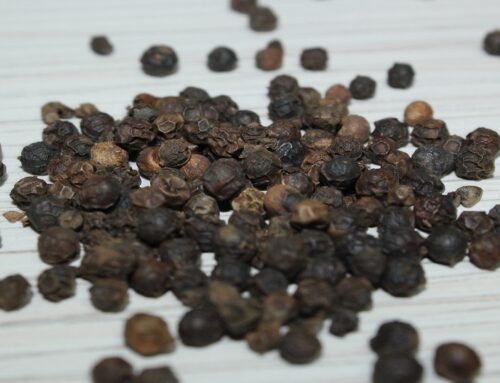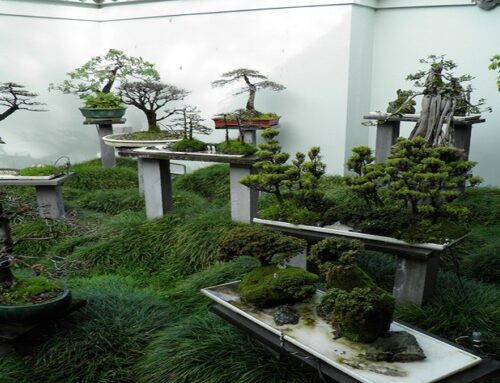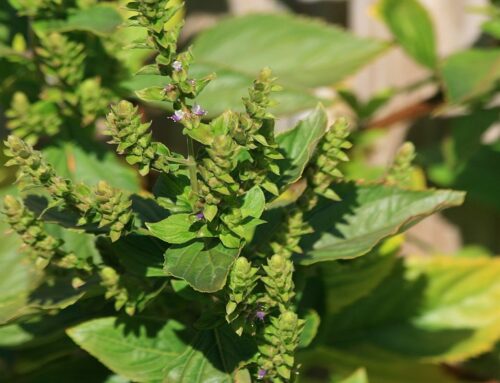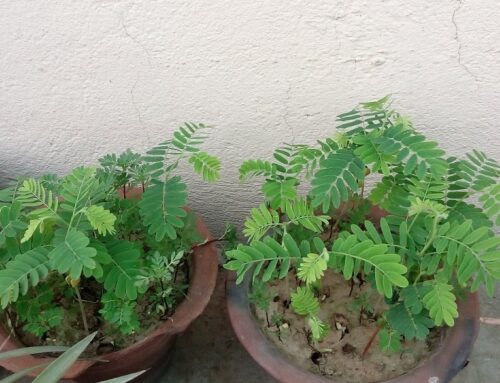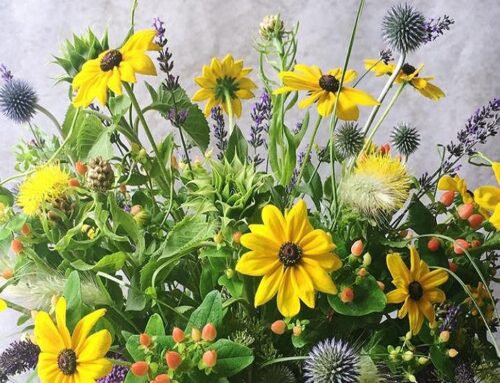A ripe fruit and/or vegetable or its slices when dipped in concentrated sugar syrup becomes tender, sweet and transparent in due time. This process is known as preservation and the product is known as ‘preserve’. Best fruits for making preserves are gooseberry, bael, apple, pear, mango, cherry, karonda, strawberry, pineapple, and papaya.
3 Ways of Making Fruit & Vegetable Preserve: Rapid process, slow process, and vacuum process.
Rapid Process of Preservation: In rapid process of preservation, fruits are cooked in low-sugar syrup. Cooking is continued with gentle heating until the syrup becomes concentrated. Soft fruits such as strawberries and raspberries are most suitable for preserves because these fruits require very little cooking for softening. Rapid cooking should be avoided if it makes the fruit tough.
Slow Process of Preservation: Fruits are dipped in sugar syrup for one day. The fruit gives out its water and sugar into the solution. As a result, the syrup may contain up to 40 percent of total soluble solids. Next day, the syrup is boiled till the syrup contains 60 percent of total soluble solids. A little citric or tartaric acid may be added to invert a portion of the cane sugar and thus prevent crystallization. The whole mass is again boiled for 4-5 minutes and kept for 24 hours. On the third day, the syrup is again boiled till it has 65 percent of total soluble solids. The fruit is then left in the syrup for a day. The preserve is now ready and is packed in containers.
Vacuum Process: Cook the fruits till it becomes soft. Place the fruits in the sugar syrup which has 30-35 per cent total soluble solids. ‘Fruit and Sugar Syrup Mixture’ is then transferred to a vacuum pan. The mixture is subjected under reduced pressure to make a thick concentrate having up to 70 percent total soluble solids. Preserve made by this process retain the flavour and colour of the fruit better than rapid and slow processes. Finally, fruits are drained free of syrup and filled in dry, air-tight glass jars.
Candied Fruits/Vegetables: Fruit candies are made from gooseberry, karonda, pineapple, papaya, apple, peach, peels of orange, lemon, grapefruit and citron, ginger, etc. Pineapple cores may also be used for preparing candies. Candy making process same as preserve-making process except that in candy-making, the fruit is dipped in sugar syrup having a higher percentage of sugar or glucose. Total sugar content of the candied fruit is maintained at about 75 percent to prevent fermentation.
Glazed Fruits & Vegetables: Glazing process is the covering/coating of candied fruits/vegetables with a thin, transparent film of sugar. Thin sugar film imparts fruits a glossy appearance. In glazing process, sugar and water are boiled in a steam pan at 113-1140 c. The dirt and extracts that come up on the surface of the liquid is removed. Thereafter the syrup is cooled to 930 c and rubbed with a wooden ladle on the side of the pan when granulated sugar is obtained. Dried, candied fruits are passed through this granulated portion of the sugar solution, one by one, by means of a fork, and then placed on trays in a warm dry room. Glazed candies are ready…
Crystallized Fruits/Vegetables: When candied fruits and/or vegetables are covered with sugar crystals, it is called crystallized fruits and/or vegetables. Crystallized fruits/vegetables can be prepared either by rolling them in finely powdered sugar or by allowing sugar crystals to deposit on them from dense sugar syrup.
Problems in preparation of preserved/candied fruits & vegetables are: Fermentation, floating of fruits in jar, toughening of fruit skin or peel, fruit shrinkage, and stickiness.
Fermentation: Fermentation of preserves during storage is either due to low concentration of sugar used while preparing preserves or due to insufficient cooking. Fermentation can be prevented by boiling the product at suitable intervals or by adding the required quantity of sugar or by storing in a cool and dry place.
Floating of Fruits In Jar: Floating is mainly due to filling the preserve without cooling. It can be avoided by cooling the preserve prior to filling.
Toughening of Fruit Skin or Peel: Toughening is due to inadequate blanching or cooking of fruits. So blanching of fruits till it becomes tender is necessary. Toughness of fruits may also be due to the cooking/boiling in a large shallow pan with only a small quantity of sugar syrup.
Fruit Shrinkage: Cooking/boiling of fruits in heavily concentrated sugar syrup results in fruit shrinkage. This is because cooking in heavy syrup reduces absorption of sugar by fruits. As a result, fruits shrinkage happens. The best remedy is to blanch the fruits first before preserve preparation or cook the fruits in low-sugar syrup.
Stickiness: Stickiness may develop after drying or during storage of fruit/vegetable preserves. It is due to insufficient consistency of the syrup. Other reasons may be poor quality of packing and/or damp storage conditions.
Check out our publishing services here…
We publish top quality videos on various ‘Food & Agriculture’ topics. You may subscribe our video channel here…


